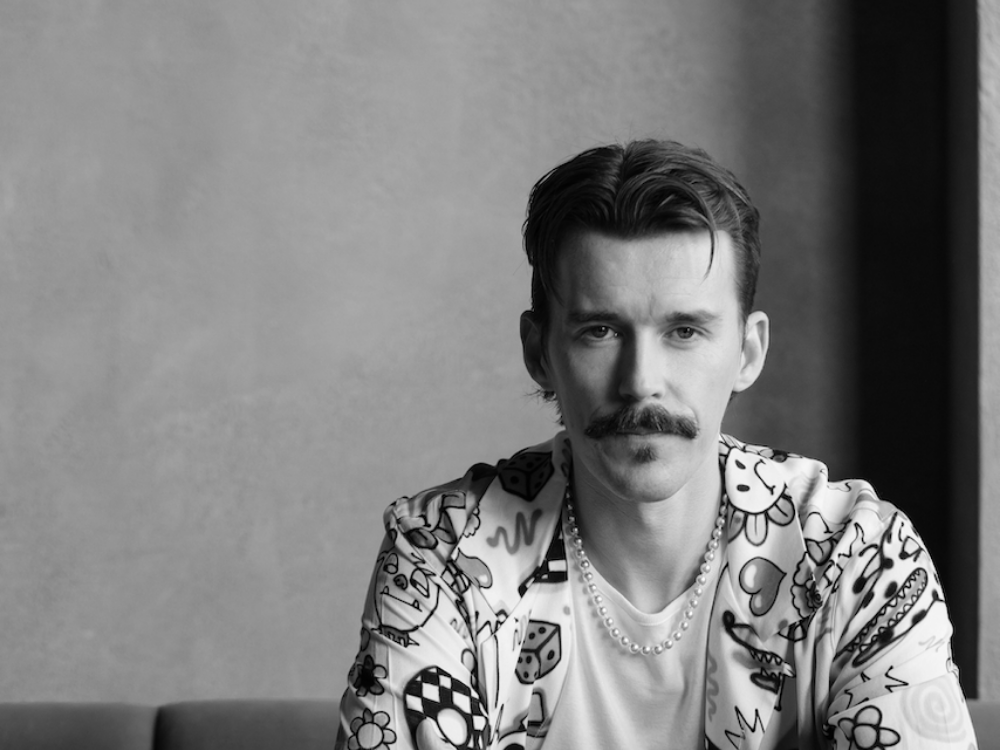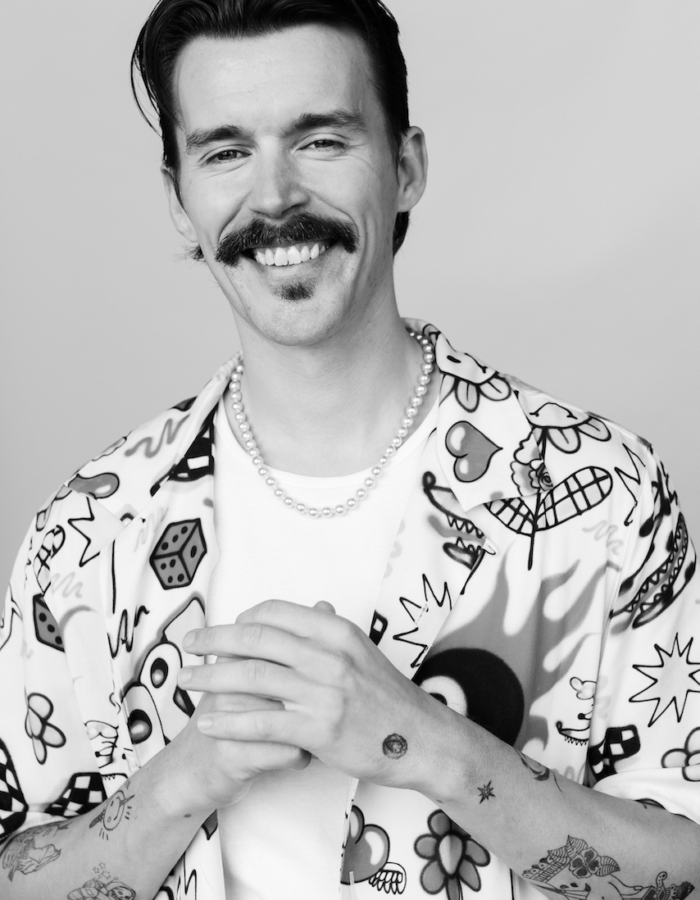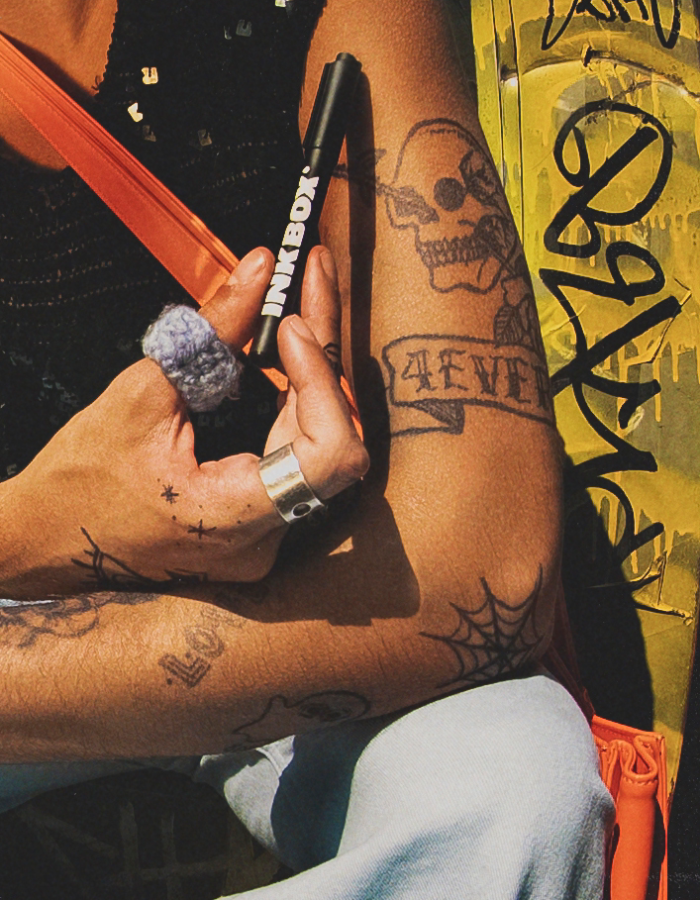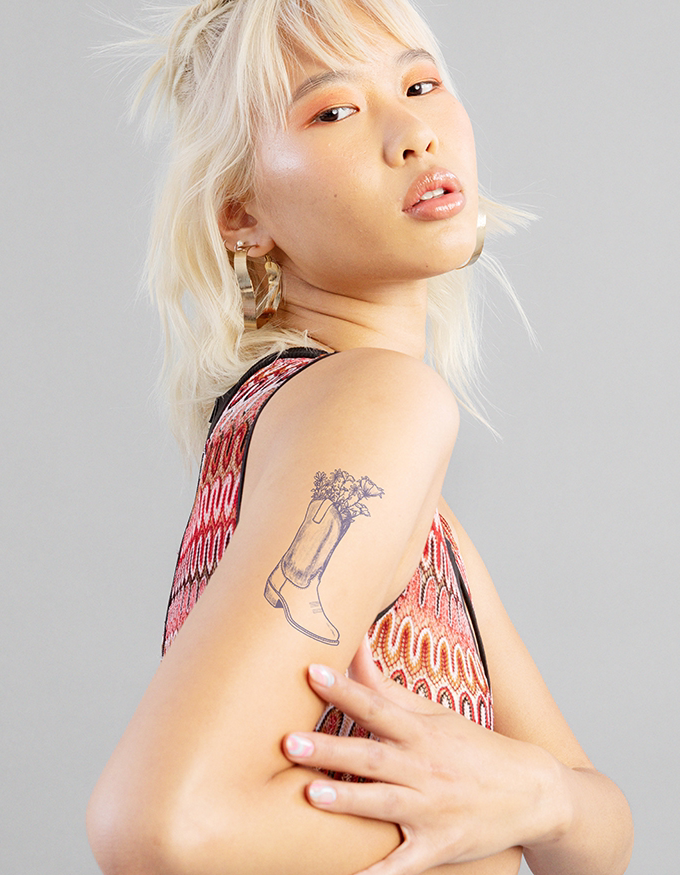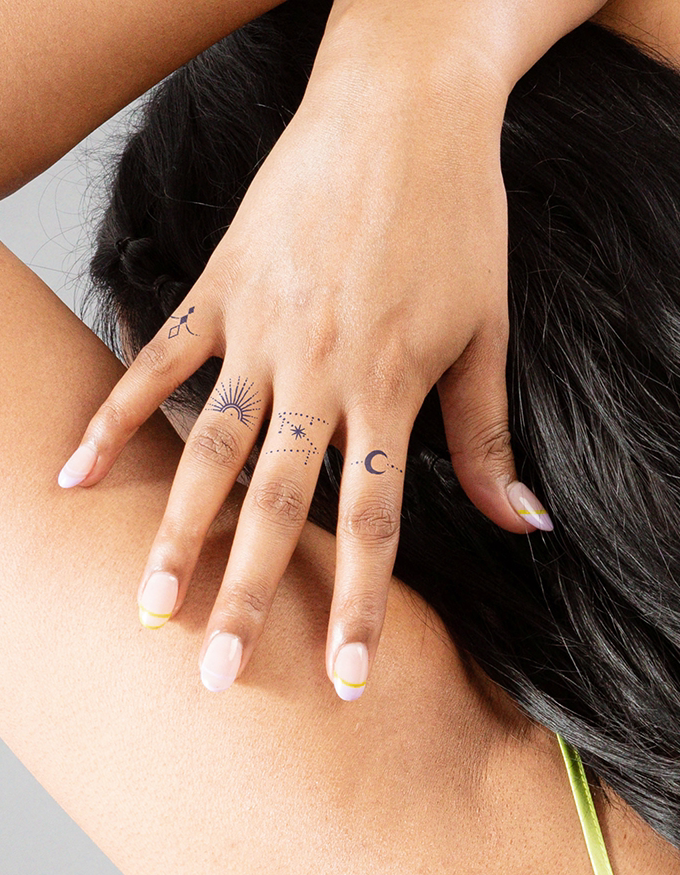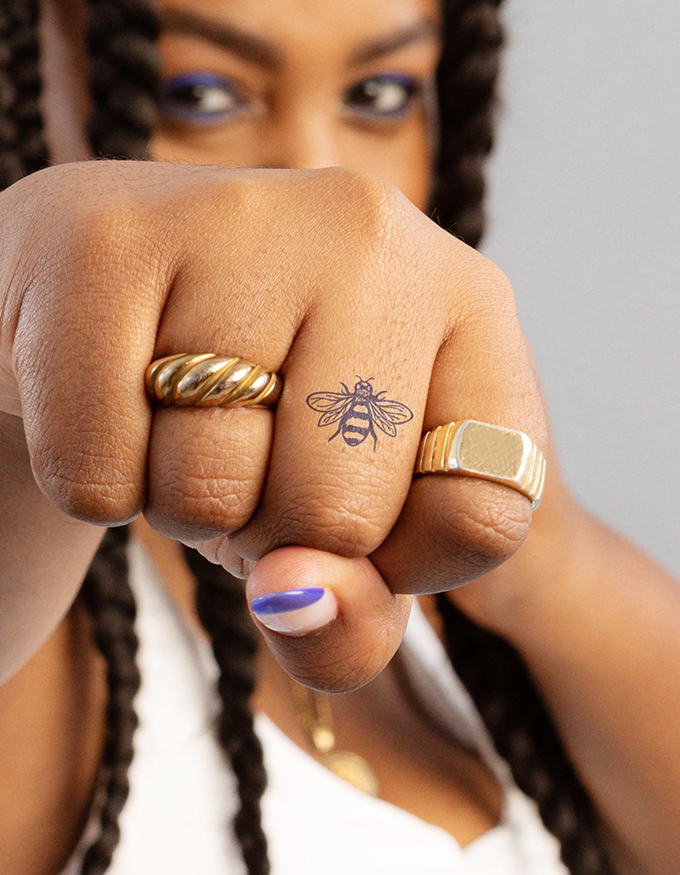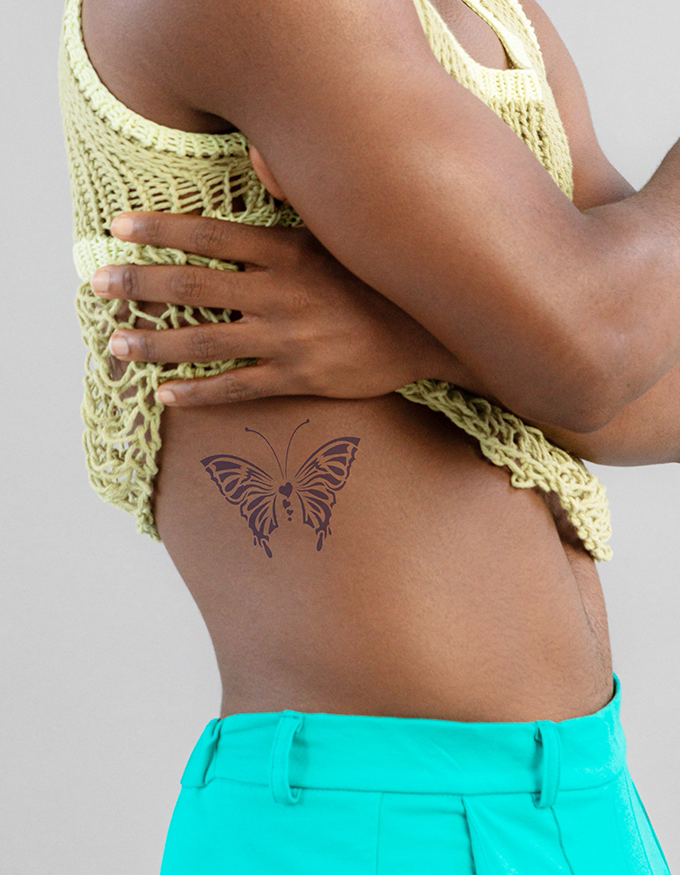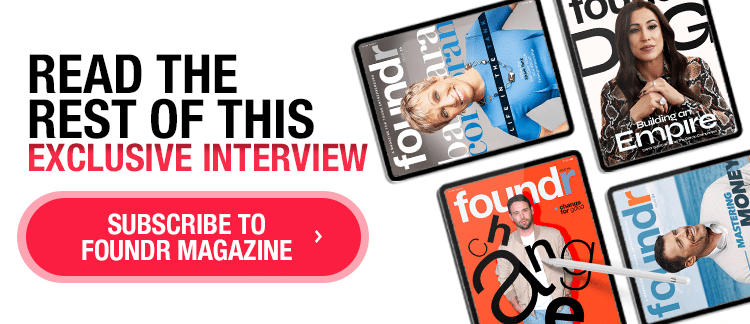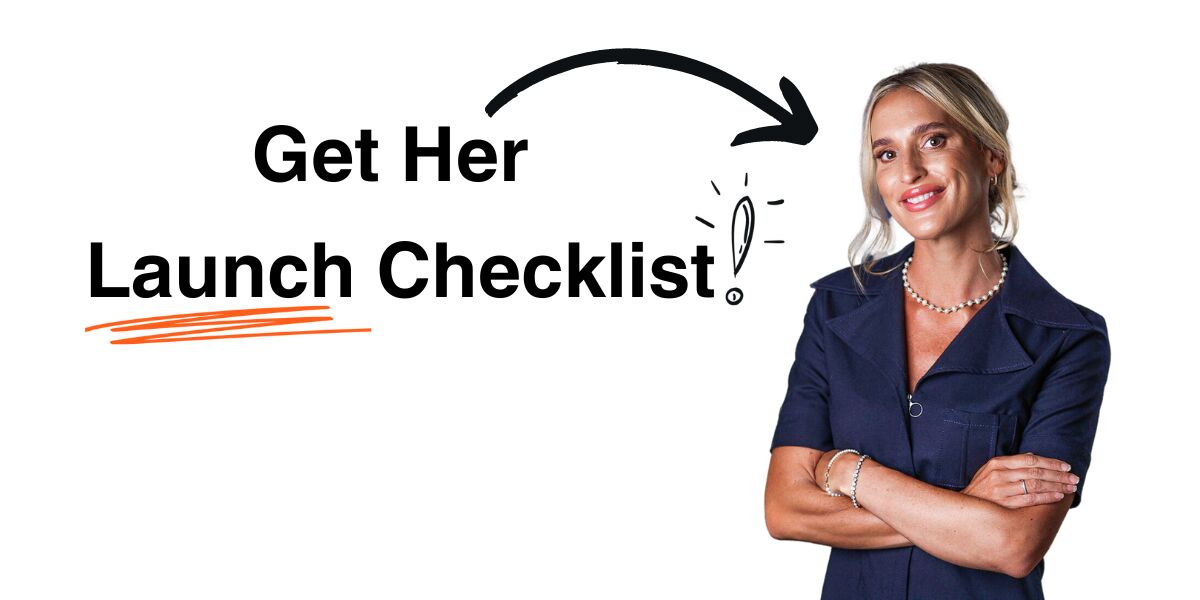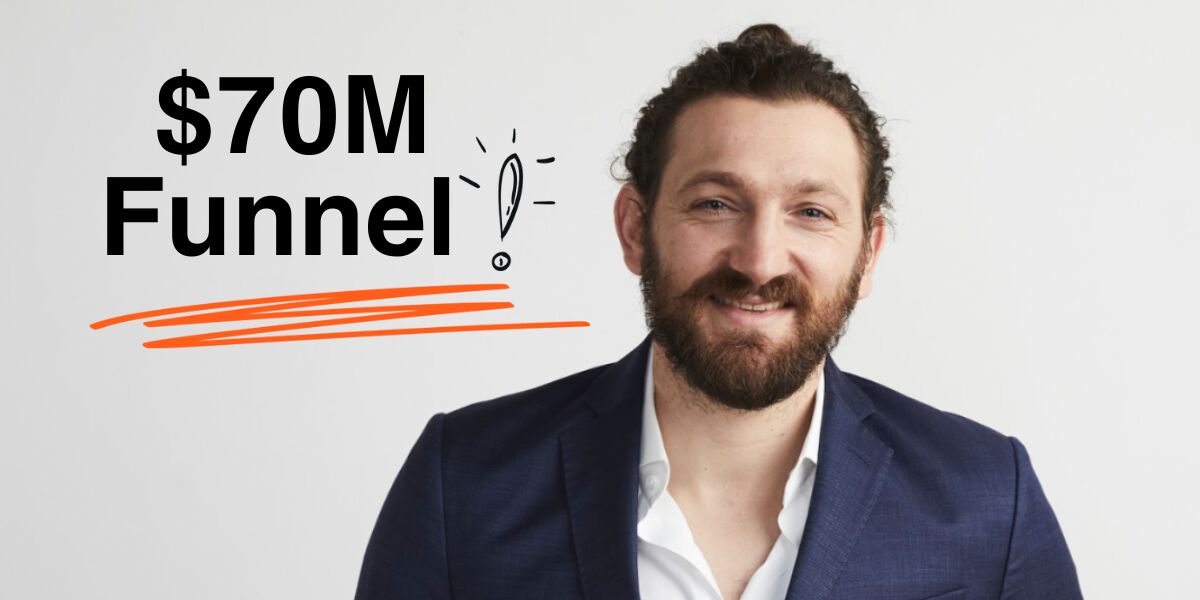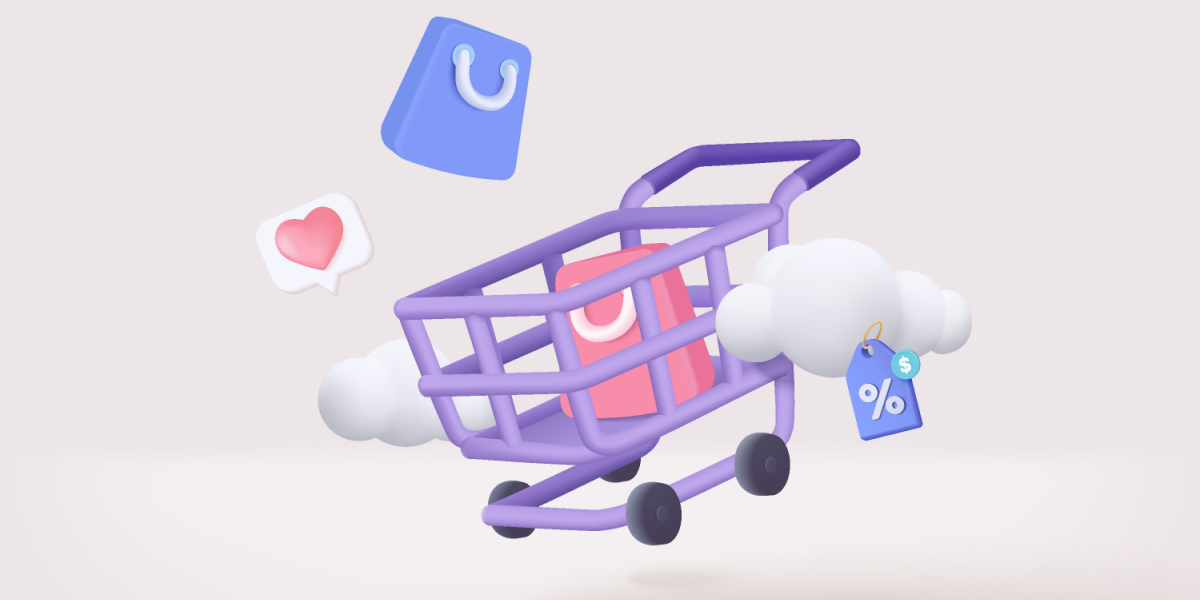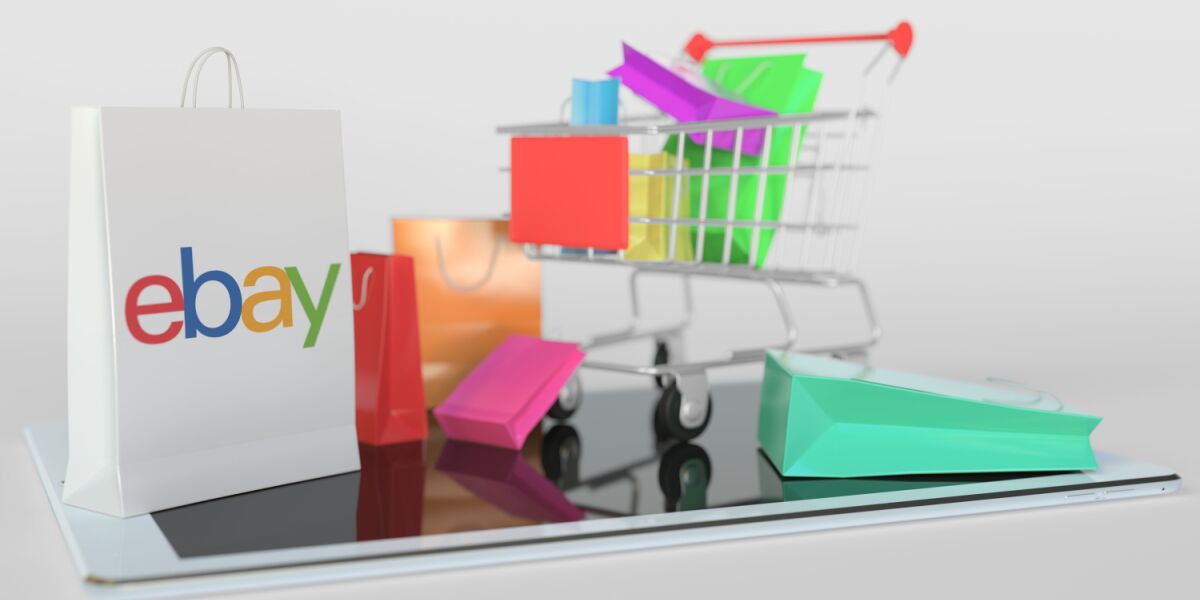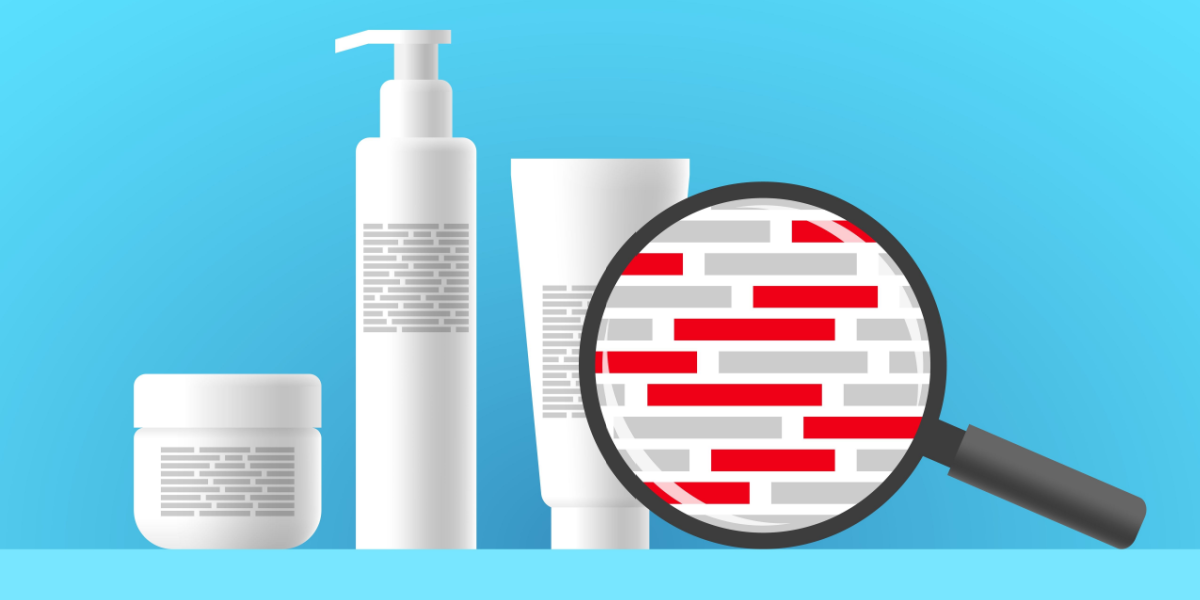Foundr Magazine publishes in-depth interviews with the world’s greatest entrepreneurs. Our articles highlight key takeaways from each magazine issue. We talked with Tyler Handley, cofounder of Inkbox, about how to manage customer relationships. Read excerpts from that in-depth conversation below. To read more, subscribe to the magazine.
—–
Back in 2015, Tyler Handley was thinking about getting his first tattoo. But he faced a common dilemma—and that’s the fact that tattoos are permanent. How could he be sure that the design he got today would be one he liked 15, 20, or 50 years down the line?
Yes, you could always get a laser removal treatment, but those are known to be painful and pricey. And, unfortunately—aside from the temporary tattoos he used to get from vending machines as a kid—Handley wasn’t aware of any other semipermanent options.
He decided to address the problem himself and enlisted the help of his brother, Braden. The duo borrowed $10,000 from a friend to help them get off the ground and, in the same year, launched Inkbox.
Fast forward seven years. Today, Inkbox is a beloved brand that generated just shy of $30 million in revenue last year. The company was also acquired earlier in 2022 by pen-maker BIC for $65 million.
The Snowball Effect
Getting those first few customers through the door is a challenge every entrepreneur faces.
According to him, Inkbox’s first year was slow. The company only made a few thousand dollars per day—if they were lucky. What finally started driving the company’s growth was a combination of Facebook ads, Instagram influencer marketing, and word-of-mouth.
“That’s always the hardest part. It’s like rolling a snowball down a hill, right? You have to get it started somehow. If you can’t, nothing’s going to start rolling.”
For new founders who are also struggling to grow their companies, Handley recommends finding that one core channel and homing in on it—rather than spreading yourself too thin. Another piece of advice? Don’t lose focus on the top-of-funnel marketing efforts, especially while scaling.
Even though top-of-funnel investments can be more costly, Handley believes it positively affects the rest of the funnel and ultimately will deliver returns. In fact, he’s tracked the data and knows that it pays off over time.
“I think a lot of companies get trapped in just spending into the middle of the marketing funnel. But you’re not driving enough awareness, which doesn’t compress that cost. We’ve been really putting more into that top to build brand awareness and put the [Inkbox] name on people’s tongues. So when they do see that ad that’s more mid-funnel for them, they’re a lot more likely to click and a lot more likely to convert.”
Weird But Good
Eventually, the Handley brothers decided to look for more funding. They raised around $1.2 million during its pre-seed and seed rounds and, a few years later, $13 million during its Series A—enabling them to significantly expand the types of tattoos they can offer.
Today, Inkbox has something for everyone. For people who want beautiful and aesthetically-pleasing tattoos, the company has delicate floral designs. People looking for a more atypical look have the option to get a tattoo of a frog riding a skateboard or the Mona Lisa shooting lasers out of her eyes.
“I would say irreverent is the right word to describe them. Weird is also a good word—but weird in a good way.”
Inkbox also launched a newer version of its product about three years ago, which gave them much more flexibility from a design perspective. One of the benefits of this update is that it allowed them to build out the community of artists they partner with on the designs.
“One of the core parts of our business is the fact that our 10,000+ designs are designed by around 650 different artists—many of whom are really, really talented tattoo artists from around the world. Collectively, I think they earned around just $1.5 million last year, which was really cool for us to see.”
The company also launched its custom platform, which makes up about 15–20 percent of its volume. With this feature, customers can either upload a design themselves or design one from scratch using Inkbox’s fonts and catalog of designs.
“It’s why we have so many designs on our platform. People have very specific tastes and demands for what they put on their bodies for one to two weeks. And so custom was just a natural extension.”
Tips to Manage Customer Relationships
How have the Handley brothers grown so quickly while managing customer relationships? Here are their tips for building long-term customer relationships.
- Understand where your business is currently: Building customer relationships is a resource-intensive process—and sometimes your business isn’t quite ready to make that investment. For instance, Handley explains that in the early days of Inkbox, they had to focus more on growth than retention. “We were just really relying heavily on new customers from Facebook to drive top-line growth—without focusing on returning customers and retaining those customers.” And this is OK as a temporary state.
- Pay attention to your CSAT score: When you’re ready to start investing in customer relationships, top-notch customer service is key. One metric that can help you gauge the quality of your customer service is your CSAT, or customer satisfaction, score. “Our CS team has a really high CSAT score. And that’s important because it’s a product that is new to consumers,” Handley says.
- Invest in building your email campaigns: Start with emails if you’re not sure how to build a post-purchase journey for customers. If you’re on Shopify, there are tons of prebuilt campaigns you can use. “Just get them back in the door with a drip campaign,” Handley says. “12 emails over three or four months with increasing offers.”
